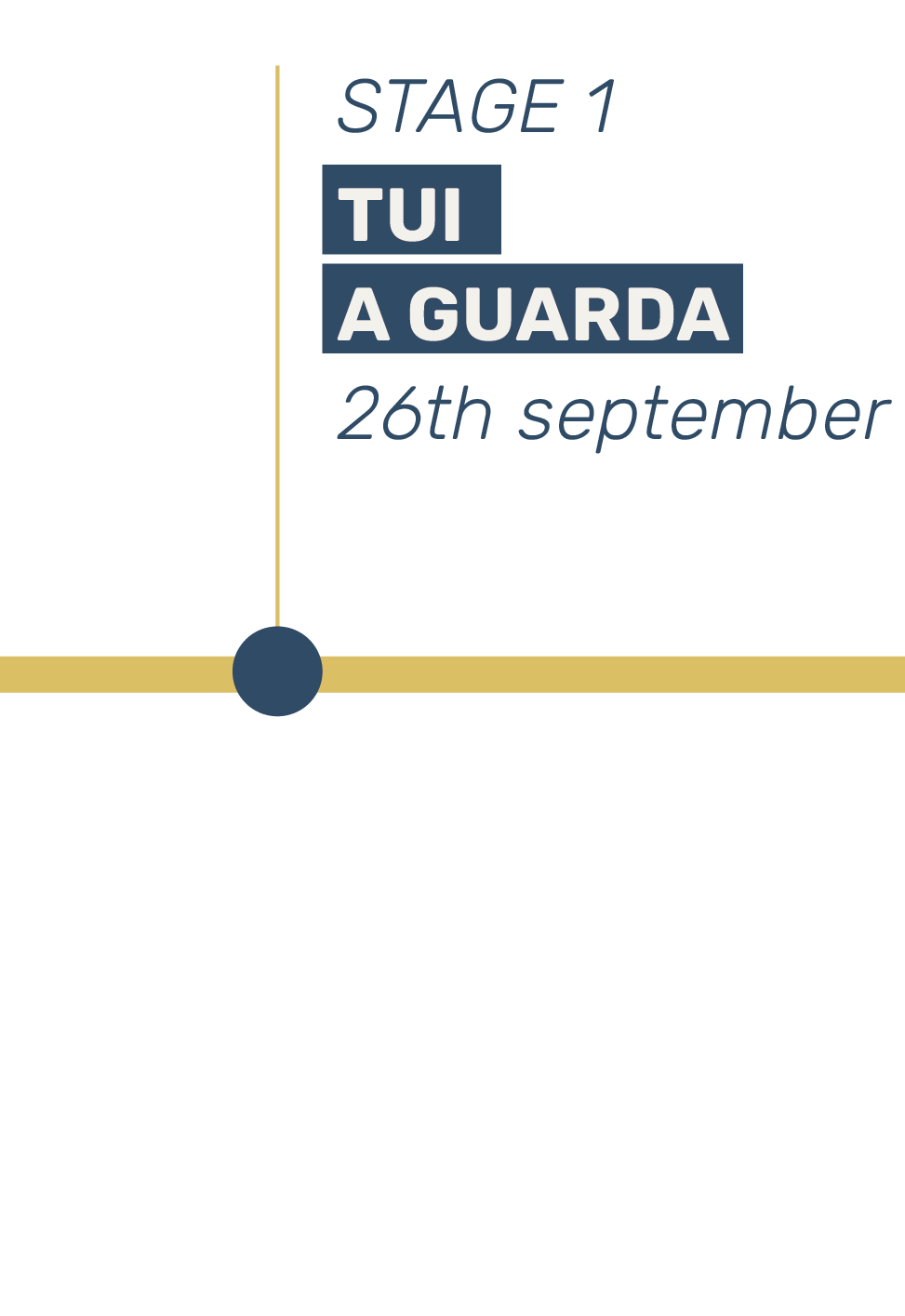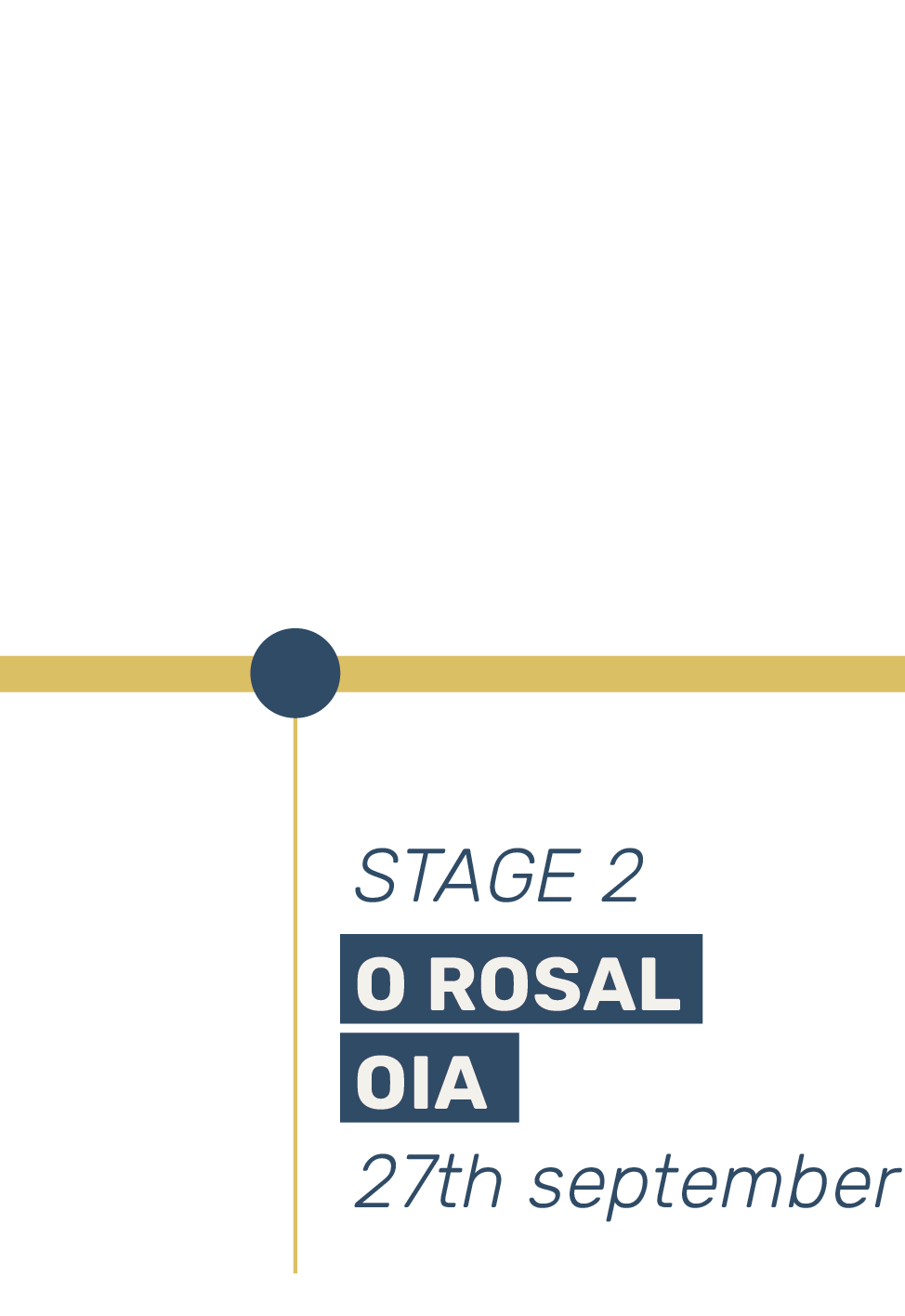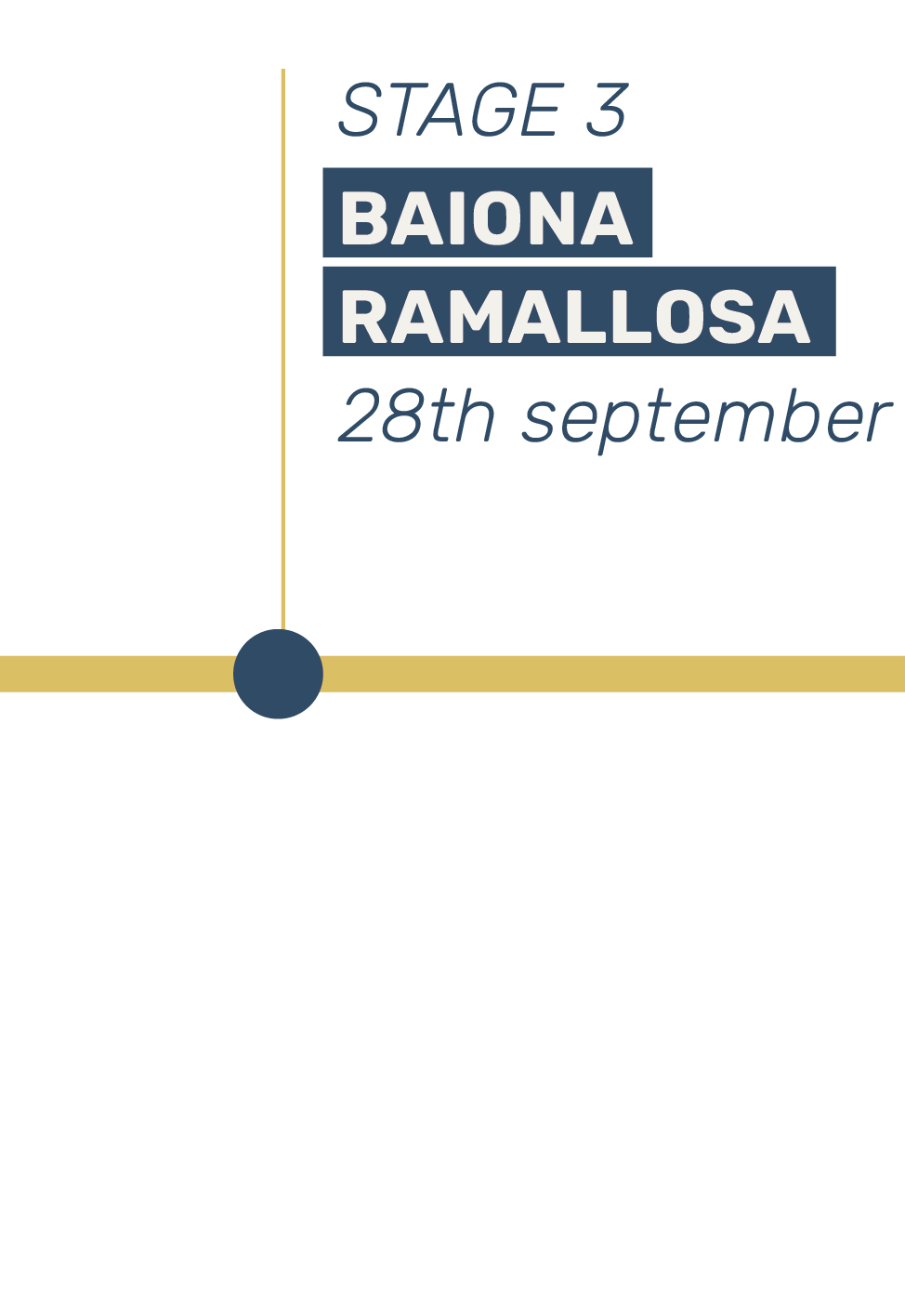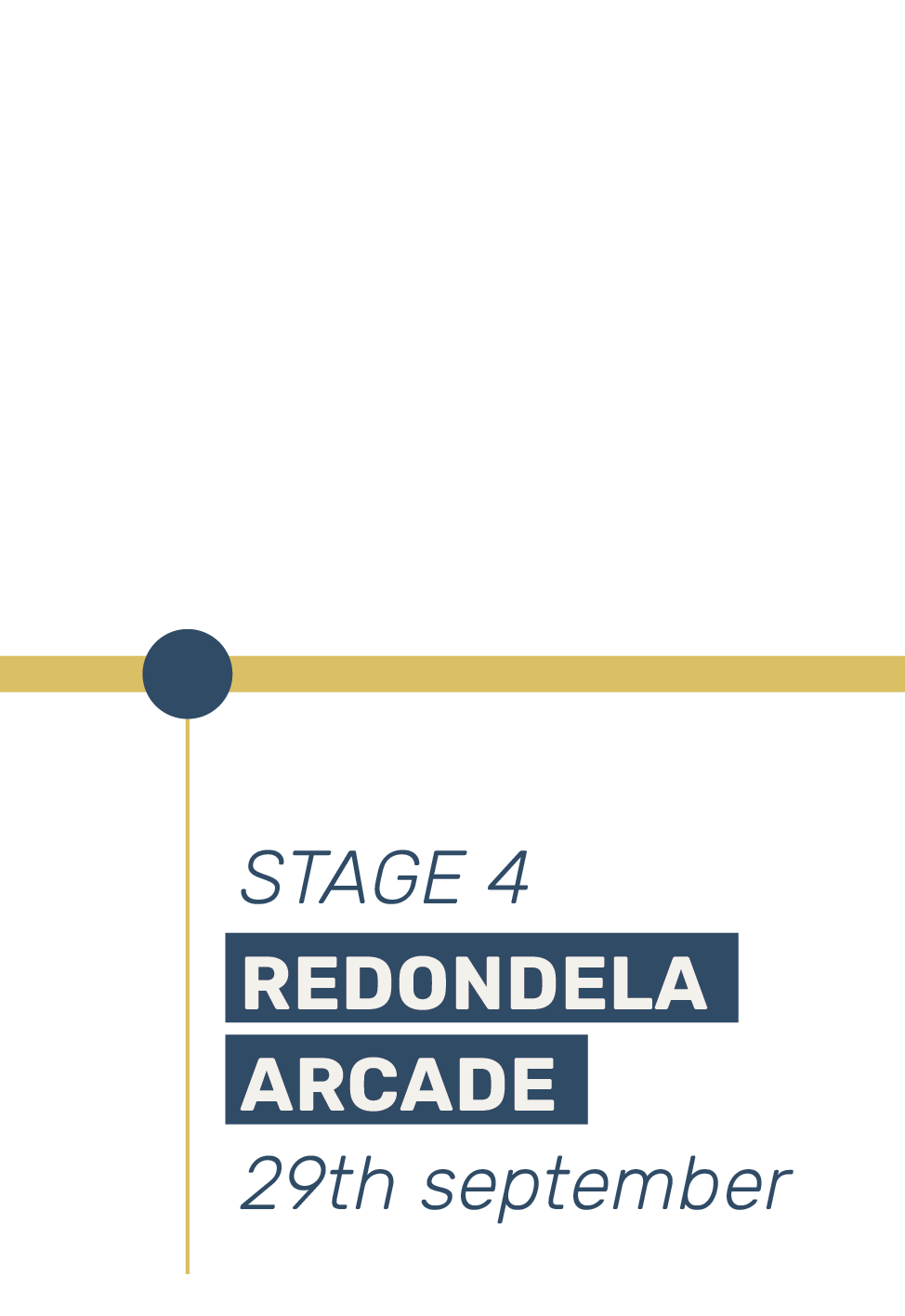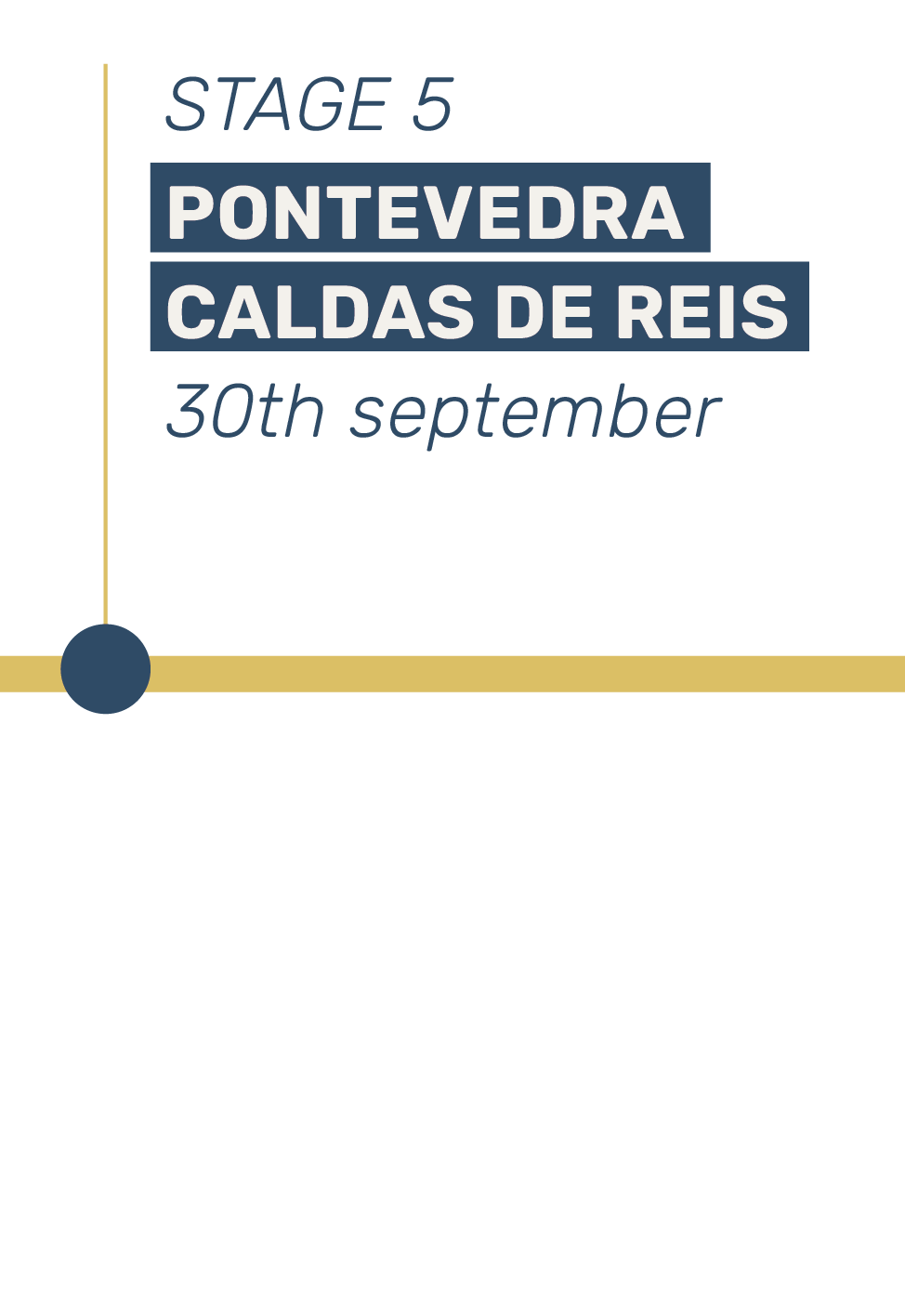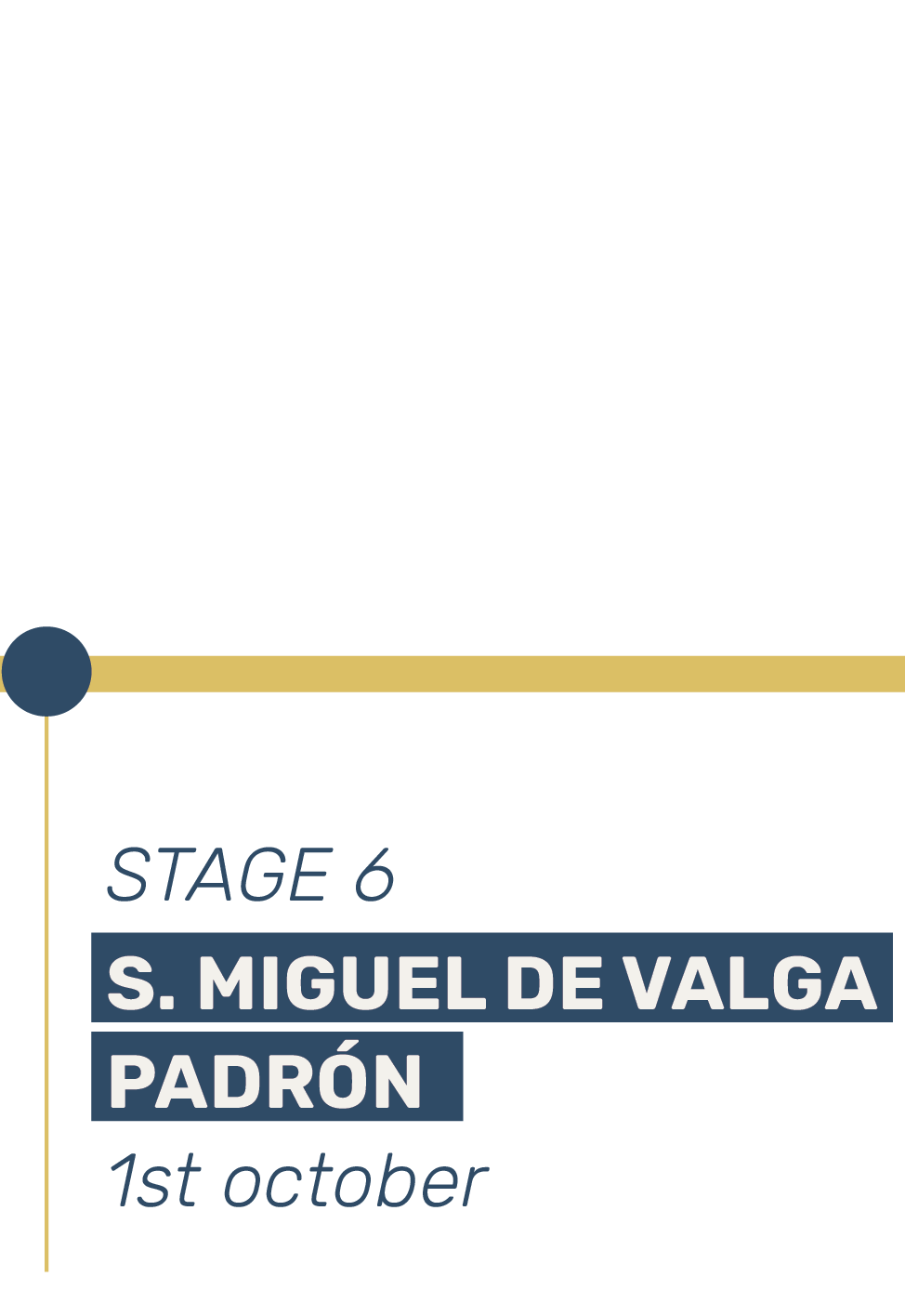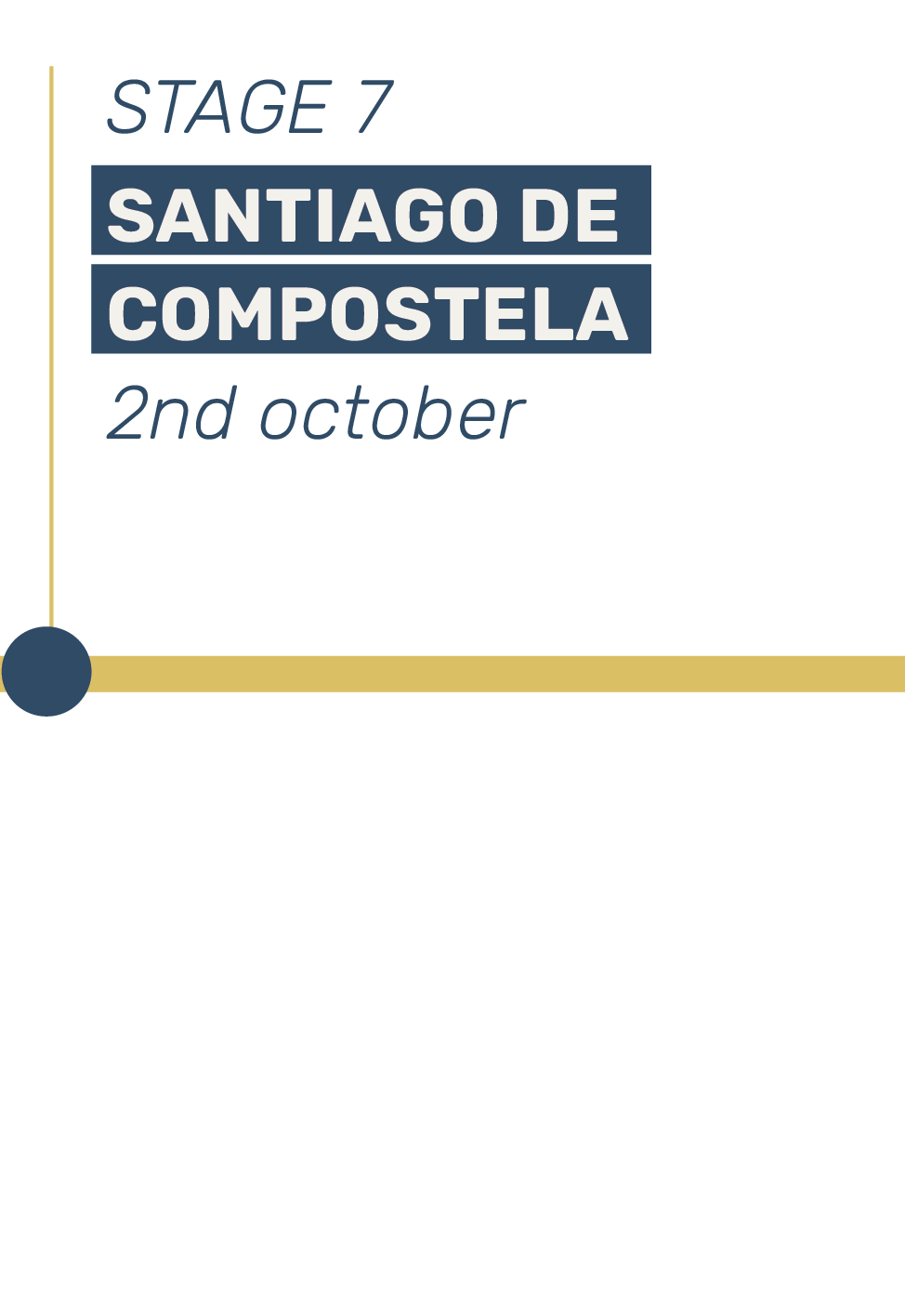Descripción del proyecto

This bivalve mollusc can be found free or inshore, with footprints on rocks, stones or large algae. The Chlamys varia frequents depths of up to 100m. Its appearance is very similar to the scallop, but in a reduced size.
Originally from the Galician estuaries, the months of September to December are the best months for its consumption.
It stands out for…
- High protein content
- High content of Omega 3 fatty acids (EPA and DHA)
- High content of vitamin B12
- High phosphorus content
- High in iron and potassium
- Low in saturated fats.

This bivalve mollusc can be found free or inshore, with footprints on rocks, stones or large algae. The Chlamys varia frequents depths of up to 100m. Its appearance is very similar to the scallop, but in a reduced size.
Originally from the Galician estuaries, the months of September to December are the best months for its consumption.
It stands out for…
- High protein content
- High content of Omega 3 fatty acids (EPA and DHA)
- High content of vitamin B12
- High phosphorus content
- High in iron and potassium
- Low in saturated fats.

Ingredients
- 1 tin of scallops in sauce
- Poached onion
- Piquillo peppers
- 1 corn pancake
How to prepare
1. Open the can of scallops and mix with the poached onion for a few minutes to settle the sauce and add a pinch of salt.
2. Drain the mixture and serve it on the corn pancake, adding a few strips of piquillo peppers to give it a touch of sweetness.


Ingredients
- 1 tin of scallops in sauce
- Poached onion
- Piquillo peppers
- 1 corn pancake
How to prepare
1. Open the can of scallops and mix with the poached onion for a few minutes to settle the sauce and add a pinch of salt.
2. Drain the mixture and serve it on the corn pancake, adding a few strips of piquillo peppers to give it a touch of sweetness.
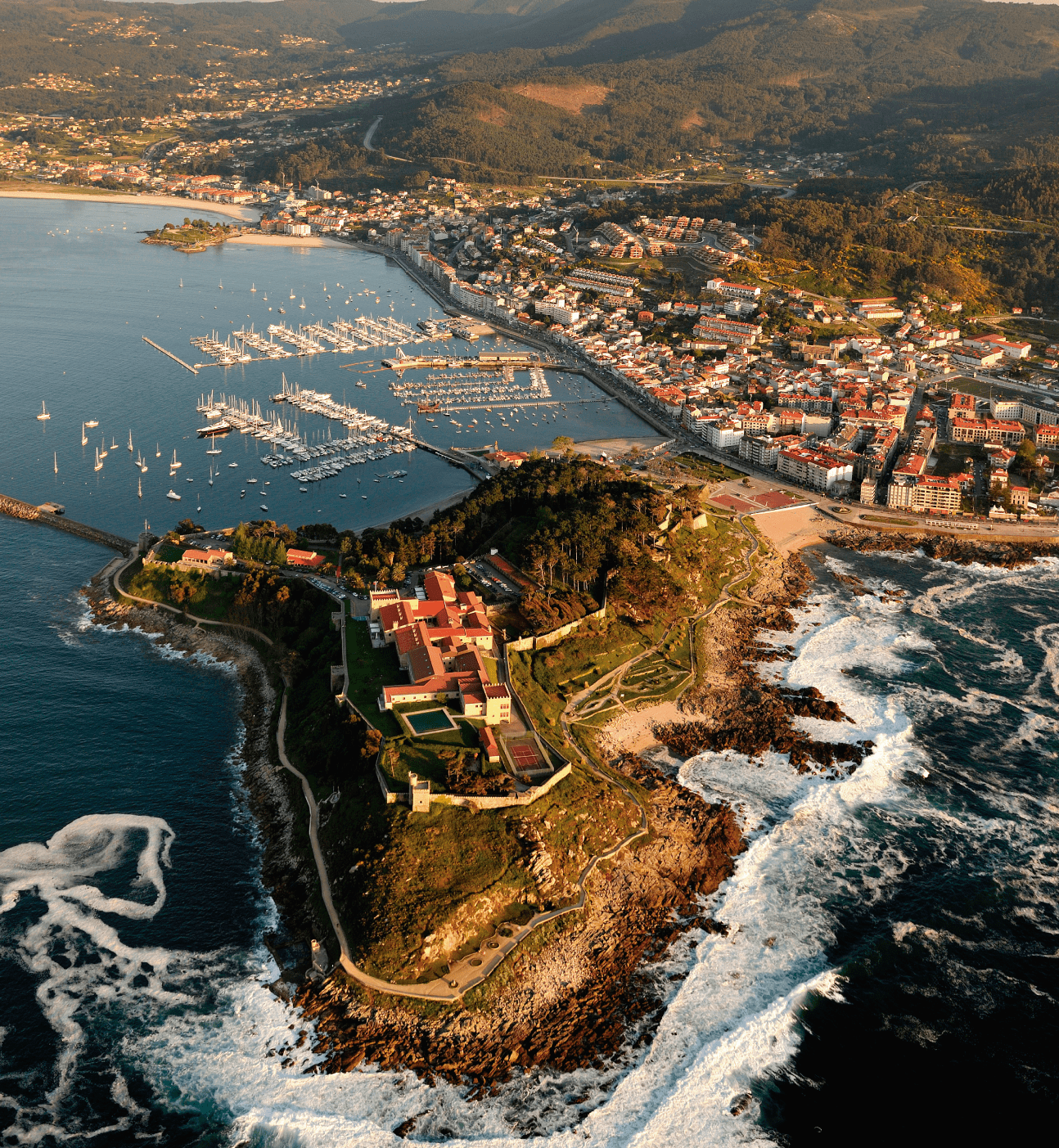

Baiona is a Galician municipality located in the region of Val Miñor in the middle of the Ría de Vigo (Rías Baixas). It is one of the leading tourist destinations in Spain for its inexhaustible and varied offer, ranging from the natural to the historical and cultural. The beauty of its beaches, sheltered in a bay, are a perfect reflection of the seafaring tradition that dominates the city.
The town of Baiona, a Site of Historic and Artistic Interest, was the place where the Pinta caravel arrived with the news of the discovery of America. In honour of this historic event, the Fiesta de la Arribada is held every year in March, with a wide-ranging cultural and events programme. The city is also home to the Museo de la Carabela Pinta (Museum of the Pinta Caravel).
3 things to see in Baiona
1. Monterreal Fortress: This walled fortress, built from the 11th century on a small hill overlooking the bay of Baiona, was used for centuries to defend the city from pirate attacks and is now a Parador Nacional.
2. Beaches: The small urban beaches of Barbera, Riberia and Cuncheira are located at the foot of Monte Bei, which is another of the places to visit in Baiona.
3. Replica of the caravel A Pinta: In the marina area, you will find this replica. The first to report the successful discovery of the New World.

Baiona is a Galician municipality located in the region of Val Miñor in the middle of the Ría de Vigo (Rías Baixas). It is one of the leading tourist destinations in Spain for its inexhaustible and varied offer, ranging from the natural to the historical and cultural. The beauty of its beaches, sheltered in a bay, are a perfect reflection of the seafaring tradition that dominates the city.
The town of Baiona, a Site of Historic and Artistic Interest, was the place where the Pinta caravel arrived with the news of the discovery of America. In honour of this historic event, the Fiesta de la Arribada is held every year in March, with a wide-ranging cultural and events programme. The city is also home to the Museo de la Carabela Pinta (Museum of the Pinta Caravel).
3 things to see in Baiona
1. Monterreal Fortress: This walled fortress, built from the 11th century on a small hill overlooking the bay of Baiona, was used for centuries to defend the city from pirate attacks and is now a Parador Nacional.
2. Beaches: The small urban beaches of Barbera, Riberia and Cuncheira are located at the foot of Monte Bei, which is another of the places to visit in Baiona.
3. Replica of the caravel A Pinta: In the marina area, you will find this replica. The first to report the successful discovery of the New World.

Santa Cristina de la Ramallosa (in Galician it is officially Santa Cristina de la Ramallosa) is a Galician parish in the municipality of Bayona, province of Pontevedra, Spain. It borders the municipalities of Gondomar and Nigrán, which together with Nigrán form the natural region of Val Miñor.
The parish of Santa Cristina de la Ramallosa, is part of the five parishes that make up the Municipal District of Bayona; which are: Baredo, Bayona, Bahíña, Belesar and Santa Cristina. Its patron saint is the martyr Santa Cristina, whose feast day is celebrated on 24th July. It belongs to the Archpriesthood of Miñor, which is part of the Diocese of Tuy-Vigo.
The parish is located in the innermost part of the Bayonne estuary, sheltered by the coastal arrow of Ladera beach, bathed by the Atlantic Ocean. Here the Miñor River flows into a beautiful marsh at the foot of Monte das Cubichas, where the rivers Groba and Guillade also flow through the parish. The beach Ladera de Sabarís is considered one of the most beautiful on the Galician coast.
3 things to see in Ramallosa
1. Romanesque Bridge of Ramallosa: it crosses the Miñor River that divides the municipalities of Nigrán and Baiona in Pontevedra. It was built in the 13th century and has a medieval style.
2. Paseo de Ramallosa: A walk to enjoy with any kind of company, with a green area and great to make a small stop, rest or play.
3. Church of Santa Cristina de Ramallosa: With a Renaissance style, the church dates from the 13th century and preserves at the entrance of the sacristy an old arcade belonging to the 16th century factory. It also has an imposing pointed tower with a clock in the strictest neo-Gothic style of the beginning of this century.
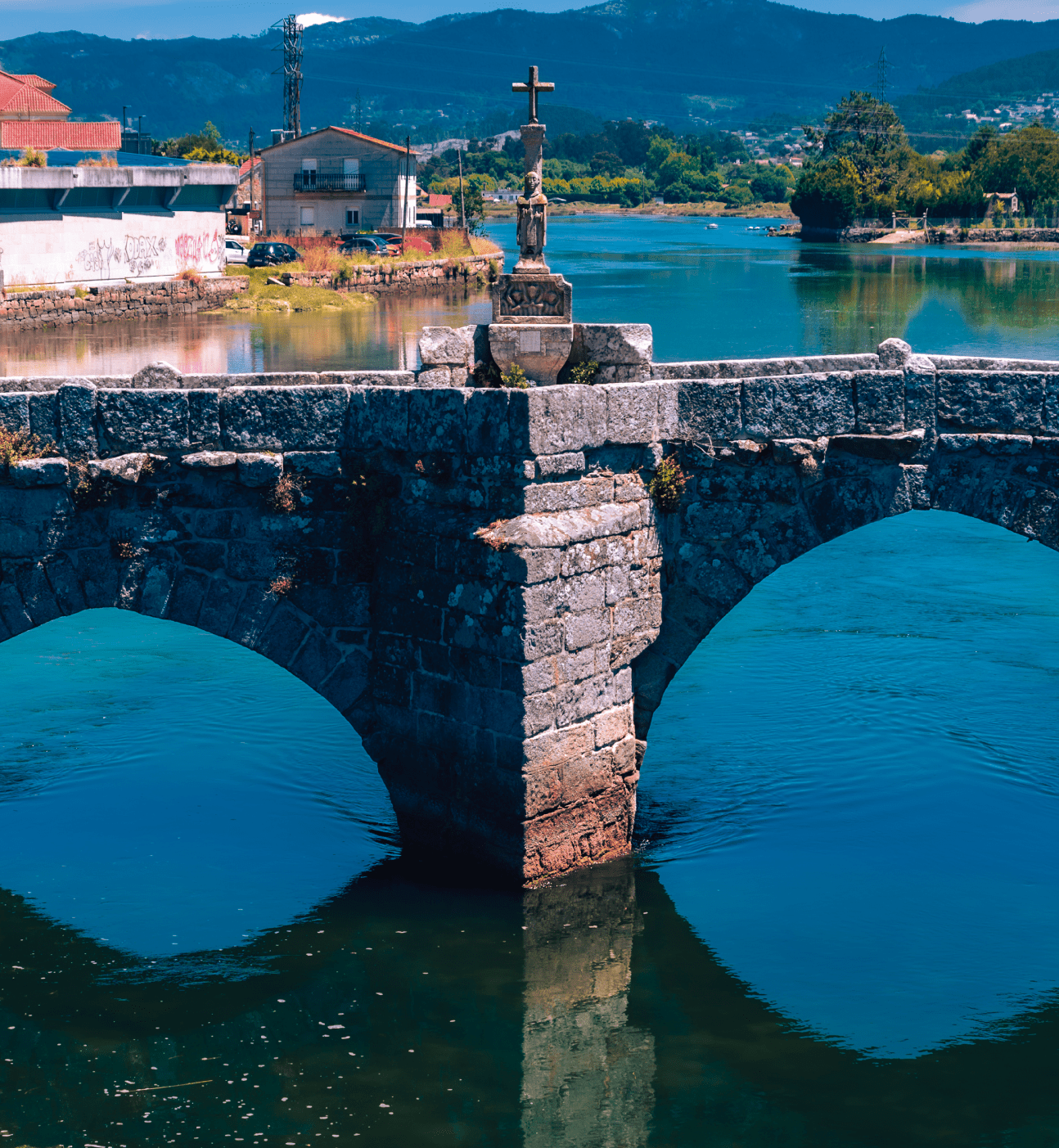

Santa Cristina de la Ramallosa (in Galician it is officially Santa Cristina de la Ramallosa) is a Galician parish in the municipality of Bayona, province of Pontevedra, Spain. It borders the municipalities of Gondomar and Nigrán, which together with Nigrán form the natural region of Val Miñor.
The parish of Santa Cristina de la Ramallosa, is part of the five parishes that make up the Municipal District of Bayona; which are: Baredo, Bayona, Bahíña, Belesar and Santa Cristina. Its patron saint is the martyr Santa Cristina, whose feast day is celebrated on 24th July. It belongs to the Archpriesthood of Miñor, which is part of the Diocese of Tuy-Vigo.
The parish is located in the innermost part of the Bayonne estuary, sheltered by the coastal arrow of Ladera beach, bathed by the Atlantic Ocean. Here the Miñor River flows into a beautiful marsh at the foot of Monte das Cubichas, where the rivers Groba and Guillade also flow through the parish. The beach Ladera de Sabarís is considered one of the most beautiful on the Galician coast.
3 things to see in Ramallosa
1. Romanesque Bridge of Ramallosa: it crosses the Miñor River that divides the municipalities of Nigrán and Baiona in Pontevedra. It was built in the 13th century and has a medieval style.
2. Paseo de Ramallosa: A walk to enjoy with any kind of company, with a green area and great to make a small stop, rest or play.
3. Church of Santa Cristina de Ramallosa: With a Renaissance style, the church dates from the 13th century and preserves at the entrance of the sacristy an old arcade belonging to the 16th century factory. It also has an imposing pointed tower with a clock in the strictest neo-Gothic style of the beginning of this century.



